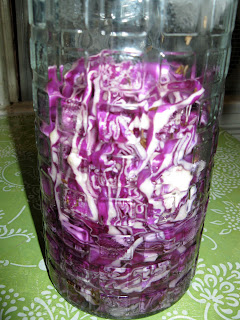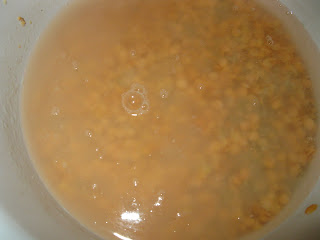Captain James Cook, 18th century English explorer took barrels of fermented cabbage ( sauerkraut) that helped the crew stave off scurvy and thereby save their lives.
Fermentation not only preserves nutrition, it also breaks foods down to be more easily digested.
Soy Beans which are high in protein, are almost impossible for the human body to break down and ingest to the fullest extent. Fermentation allows this, by breaking down the complex proteins and converting them into digestible amino acids.
That is why fermented soy beans are the only healthy ones for humans..fermented as tamari ( wheat-free soy sauce), tempeh, miso paste (do not buy miso powder/miso soup mix, the LIFEForce has been killed off through being pasteurized).
Fermentation of beans and grains also creates B vitamins (inc. folic acid, riboflavin, niacin, thiamin and biotin)
Fermentation of milk, ( Lactobacilli) breaks down the lactose ( milk sugars) into lactic acid, making live yogurt ( must say on container LIVE culture) suitable for anyone lactose intollerent ( like me).
Lactobacilli also inhibits the growth of diarrhea-related bacteria such as Shigella, Salmonella, and E.coli.
Lactobacilli creates omega 3 fatty acids, essential for cell membrane and immune functions.
Some ferments can help in the elimination of free radicals (cancer precursors) from the body.
Grains..all grains contain a toxin called phytic acid, which can block absorption of zinc, calcium, magnesium, iron, and lead to mineral deficiencies.
Soaking grains well, rinsing in fresh clean water and draining well before cooking removes this toxin.
(Quinoa has to be washed, drained and soaked for 30 mins before cooking)
Nitrites, prussic acid, oxalic acid, nitrosamines and glucosides can be reduced or eliminated by fermenting foods.
For Full benefit, fermented food should be consumed at room temperature, which includes fermented milk products, cheese, yogurt, kefir, sauerkraut, pickles & etc.
In the spirit of fermenting, as it is very hot and humid here in Los Angeles, 93f plus 100% humidity and making bread is too risky ( humidity ruins a good rise in bread making) I am making some Red Cabbage Sauerkraut, and some Dosas ( fermented lentil and brown rice pancakes, traditionally made with live yogurt I am making mine non-dairy and substituting fermented rye rejuvelak ( sprouted rye berry ferment)..both will take approx 3 -4 days.
The red cabbage is finely shredded then put into a glass container, with sea salt and caraway seeds, a little filtered ( cannot have any chlorine as it will deter microorganisims) water and held down with a washed rock..tomorrow it should have released more of it's own juice and I will cover it with more filtered water and sea salt if necessary then let it ferment for a few days
The dosas...2 cups brown rice with 1 cup split lentils..have been well washed and drained then covered in filtered water and will soak overnight, tomorrow I will drain and blend with the rejuvelak and allow it to ferment for 2 days, as it slowly bubbles ( and becomes as thick as pouring cream) then on Monday add some fresh herbs parsley & mint and sea salt and cook on a griddle.
I have made these before and they are very nice and light..as they are cooked quickly and their middles are soft some of the LIVEferment remains.
These are great with any fresh fruit or vegetables and also fresh salsas.
I will post more photos as I go through the steps of making these 3 ferments, ( inc. a fresh batch of Rye rejuvelak - takes 5 days)
 |
| Red cabbage becoming sauerkraut |
 |
| split lentils and brown rice soaking overnight for the dosas |
 |
| rye "berries" soaking overnight for the rejuvelak..they have to sprout over 3 days then add filtered water and ferment for 2 days |

No comments:
Post a Comment